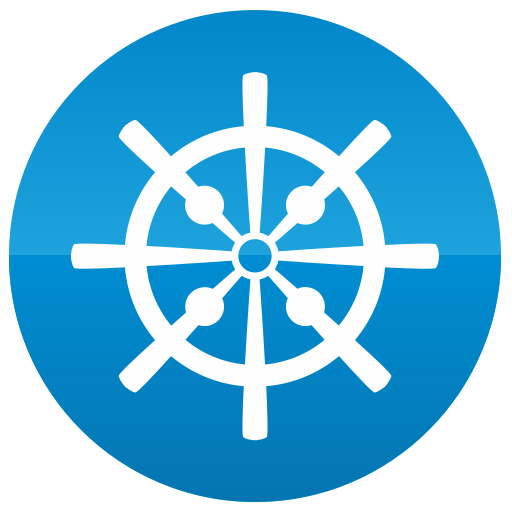How to Choose a Yacht for Long-Distance Cruising
Choosing the right yacht for long-distance cruising is a critical decision that impacts safety, comfort, and overall enjoyment during your journeys. Whether you are planning to traverse oceans or explore remote anchorages, the yacht you select will play a significant role in your cruising lifestyle. Below, we delve into the essential factors to consider when selecting a yacht for long-distance cruising.
Understanding the Type of Yacht
Yachts come in various forms, each designed with different purposes in mind. For long-distance cruising, it is essential to choose between the following types:
- Sailing Yachts – Ideal for self-sufficiency and fuel efficiency, sailing yachts harness the wind for propulsion. They offer a unique cruising experience but require understanding wind patterns and sailing skills.
- Motor Yachts – Known for comfort and speed, motor yachts are perfect for those prioritizing luxury and faster travel. However, they often require significant fuel and maintenance costs.
- Cruising Catamarans – These offer stability and space, making them suitable for families or shared cruises. Their shallow drafts allow for access to more shallow waters and anchorages.
Key Features for Long-Distance Cruising
When selecting a yacht, certain features are vital to ensure safety and comfort during long voyages:
- Size and Layout – A yacht should provide adequate living space, storage for provisions, and sleeping accommodations for the crew. Most long-distance cruising yachts are in the range of 40 to 50 feet, allowing for comfortable living while being manageable.
- Hull Design – A well-designed hull improves performance in various sea conditions. Look for a yacht with a displacement hull for stability or a planing hull for speed, depending on your cruising style.
- Rigging and Sail Plan – For sailing yachts, a balanced sail plan is essential. A cutter rig offers versatility, while a sloop rig is straightforward for single-handed sailing.
- Engine Reliability – For motor yachts and motors on sailing yachts, a reliable engine is essential for safe passage. Consider redundancy, such as a backup generator, for peace of mind in remote areas.
- Storage and Provisioning Capacity – Long-distance cruising requires ample food, water, and equipment storage. Adequate tanks for both water and fuel are essential.
Safety Features
Safety is paramount in long-distance cruising. Assess these features during your yacht selection:
- Stability – Look for features that enhance stability, such as a deep keel and a well-weighted hull, which reduce the likelihood of capsizing.
- Life Rafts and Safety Gear – Ensure the yacht is equipped with life rafts and necessary safety equipment, including flares, a first aid kit, and proper communication devices.
- Navigation and Weather Monitoring – Advanced navigation systems that provide real-time weather conditions and GPS tracking are crucial for safe long-distance travel.
Costs and Budget Considerations
The financial aspect can heavily influence your yacht selection. Key cost considerations include:
- Initial Purchase Price – The yacht’s price can vary greatly based on type, age, and condition. Set a clear budget that includes both the purchase price and potential upgrades.
- Insurance – Adequate insurance coverage is crucial. Costs will depend on the yacht’s value, cruising plans, and your experience.
- Maintenance and Upkeep – Regular maintenance is essential for safety and longevity. Allocate a budget for routine repairs, upgrades, and seasonal maintenance.
- Fuel Costs – Consider the fuel efficiency of your chosen yacht, especially if opting for a motor yacht, as it can significantly impact your overall budget.
Test Sail and Condition Assessment
Before making a final decision, it is advisable to take the prospective yacht for a test sail. This allows you to assess:
- Handling and Performance – Observe how the yacht responds to steering and its performance in typical sea conditions.
- Comfort and Usability – Evaluate the comfort of the living quarters and usability of onboard systems such as the galley, head, and navigation equipment.
Conclusion
Choosing a yacht for long-distance cruising is a multifaceted process that requires thorough consideration of type, features, safety, and costs. By understanding your cruising goals and lifestyle, conducting a comprehensive assessment, and ensuring sea-worthiness, you can select a yacht that will serve as a safe and enjoyable home on the water. Set sail with confidence and embark on your adventure!
